Love is a super power. It has the ability to bring people together from different countries, different religions, different races, even different continents.
Anusha and James are from opposite ends of the world but love brought them together. Their friends and family came all the way from India and Britain to celebrate with them.
Their beautiful Indian wedding, called Vivaah, was held at the Malibu Hindu temple in Calabasas.

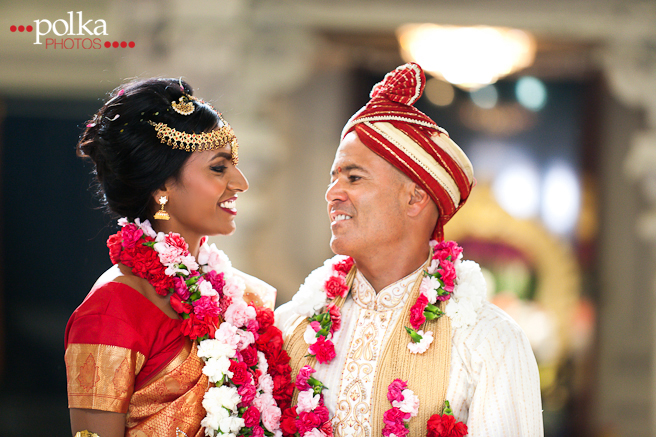
I believe that wedding photos should reflect the personality of the couple and the mood of the wedding. Our style of photography is crisp, classic, documentary. That said, when we design the wedding album we make sure the style matches the tone of the wedding. A couple holding a retro wedding may choose a vintage treatment for their photos. This wedding lent itself to added textures and different color treatments. The post-processing actions and textures I use are my own, so your wedding photos will never look like another couple’s. The photos in this blog post feature different treatment ideas. In an actual album, the treatments would be consistent within that album.

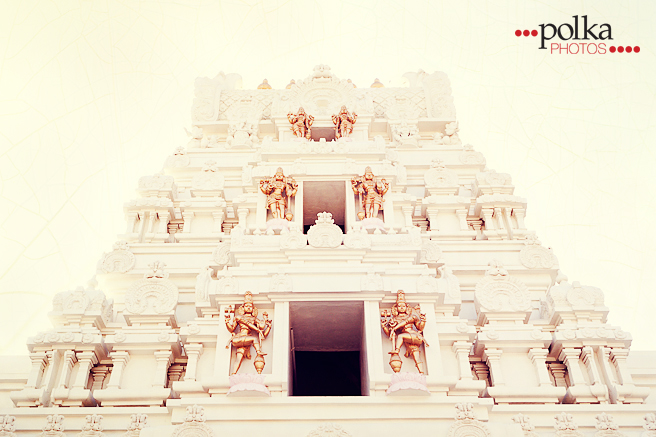
Hindu ceremonies are elaborate and vary depending on region and preferences of the bride, groom and their families.
Most wedding ceremonies are held under a canopy called a mandap. The entire ceremony is conducted in Sanskrit. There are several rituals that are common to most ceremonies.
Jaimala or Varmala is an exchange of garlands between the bride and groom signifying a pledge to respect one another.
Pani-Grahan is when the groom takes the right hand of the bride in his left hand accepting her as his wife.
Vivah Havan or Vivah Homa is the lighting of the sacred fire during which the couple vow commitment to each other. Offerings of crushed sandalwood, herbs, sugar rice and oil are placed in the ceremonial fire.
Mangal Phera or Pratigna Karan is the walk around the fire. The bride and groom walk four times clockwise around the fire. Each time is representative of a different goal in life: dharma – morality or duty to family and God, artha – prosperity, kama – passion, and moksha – spiritual salvation.
Saptapadi is the ritual of seven steps. The couple takes these steps together signifying the start of their life’s journey.
Sindoor is the tradition of the groom applying a dot of red vermilion powder to his bride’s forehead.
Aashirvadah is the parents’ blessing for the married couple. As a sign of respect, the bride and groom bow down to the feet of their parents. The guests then shower the newlyweds with flowers and rice, wishing them a long and happy marriage.

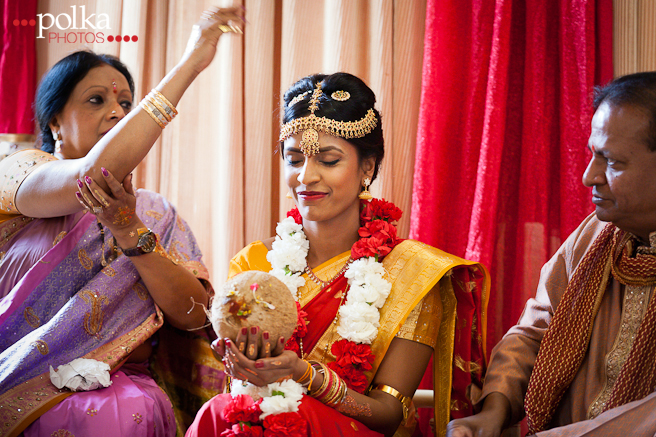






























































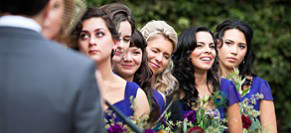
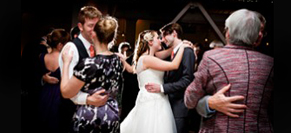
.jpg)
Brittney Hannon - Great job on these! I love all of the color! It was so interesting to read about the traditions and rituals that take place during the ceremony.
Aleks Bienkowska - Thank you Brittney! I loved seeing all the ceremony traditions.